Why Korean Tea Culture Matters
Korean tea culture is not just about what’s in the cup – it’s about mindfulness, tradition, and connection. Whether it’s sipping green tea in a quiet temple or enjoying a hot mug of barley tea at home, tea plays a meaningful role in Korean life.
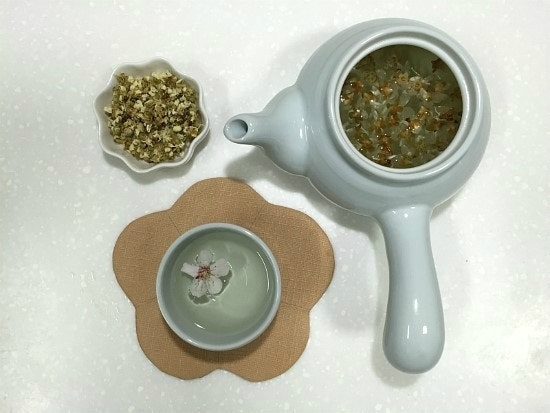
A Brief History of Korean Tea
Ancient Roots in Buddhism
Tea first spread in Korea through Buddhist monks during the Silla dynasty. Monks used tea as part of meditation rituals, valuing it for its calming and spiritual effects.
Tea in the Joseon Dynasty
During the Joseon period, tea drinking became more refined, with the practice of dado (tea ceremony) emphasizing etiquette, harmony, and respect.
Tea in Modern Korea
Today, tea remains both traditional and modern. While instant coffee is extremely popular, traditional teas are cherished for health benefits and cultural heritage.
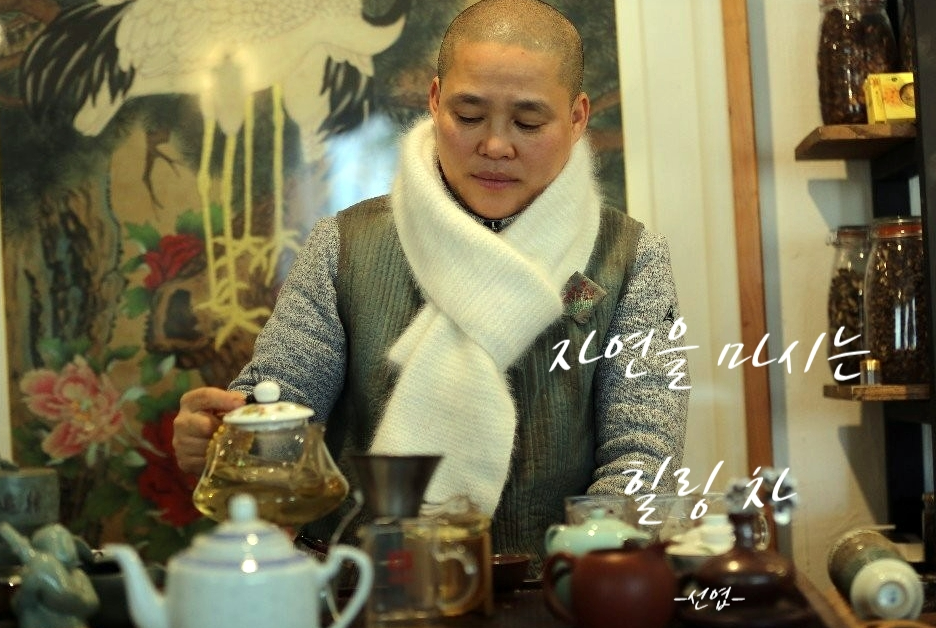
Types of Korean Tea
녹차 (Green Tea)
Green tea, particularly from Boseong and Hadong, is the most well-known Korean tea. Its fresh, grassy flavor and antioxidants make it a daily favorite and a cultural symbol of wellness.
보리차 (Barley Tea)
Often served in households and restaurants, barley tea is caffeine-free and refreshing. It has a nutty taste and is known for aiding digestion.
옥수수차 (Corn Tea)
Corn tea is another caffeine-free option with a naturally sweet flavor. It’s often enjoyed by families, including children.
대추차 (Jujube Tea)
Made from dried jujubes (red dates), this tea is sweet and comforting. It’s believed to help with stress relief and circulation.
유자차 (Citron Tea)
This honey-preserved citrus tea is popular during winter. Packed with vitamin C, it’s both delicious and a natural remedy for colds.
인삼차 (Ginseng Tea)
Ginseng tea represents Korea’s herbal heritage. Slightly bitter but invigorating, it’s valued for boosting energy and immunity.
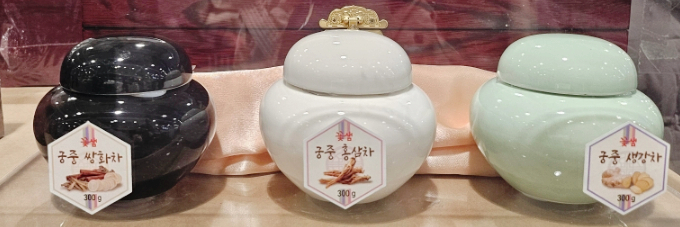
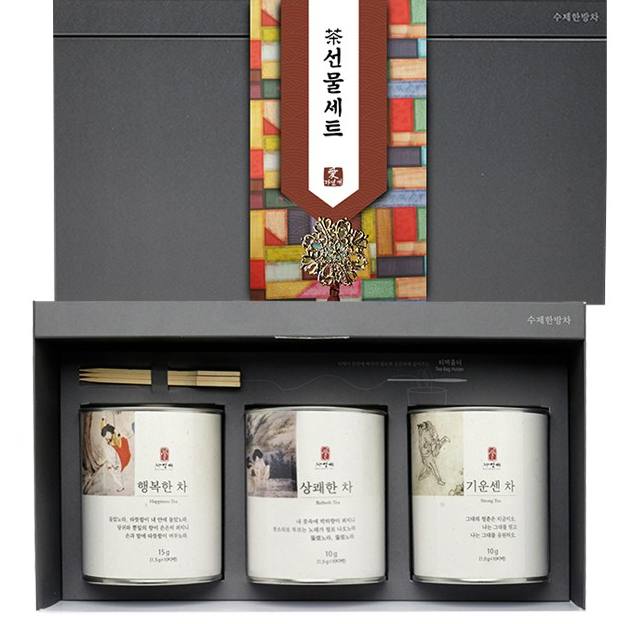
The Korean Tea Ceremony (다도, Dado)
The Korean tea ceremony is about more than drinking – it’s a meditative practice. Every movement, from pouring hot water to offering the cup, is performed with mindfulness and respect. The ritual emphasizes harmony between people, nature, and spirit.
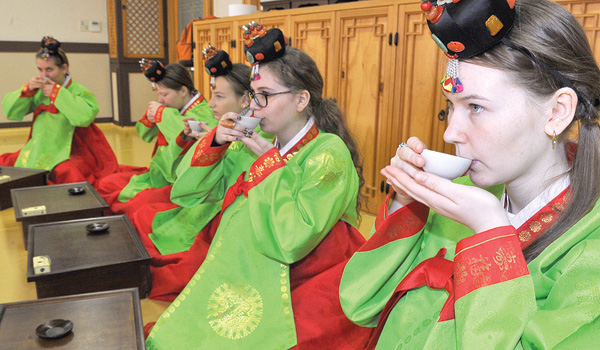
Health Benefits of Korean Tea
- Green Tea: Rich in antioxidants, boosts metabolism.
- Barley Tea: Supports digestion and hydration.
- Corn Tea: Gentle, caffeine-free hydration for all ages.
- Jujube Tea: Calming, improves circulation.
- Citron Tea: High in vitamin C, great for colds.
- Ginseng Tea: Boosts immunity and energy.
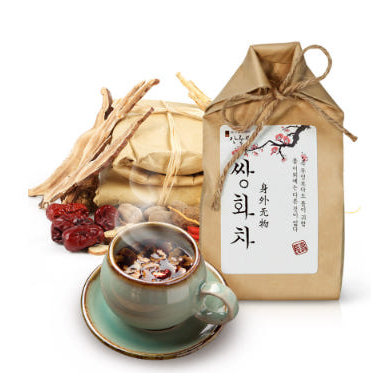
Experiencing Tea Culture in Korea
Traditional Tea Houses
In neighborhoods like Insadong (Seoul) or Jeonju Hanok Village, traditional tea houses offer an authentic setting to enjoy tea with Korean sweets.
Temple Tea Ceremonies
Temples such as Hwagyesa or Bongeunsa often include tea ceremonies as part of cultural programs. Monks guide participants through mindful tea drinking.
Modern Cafés with a Traditional Twist
Contemporary cafés now blend K-Tea with modern flavors – think green tea lattes or citron sparkling teas – bridging tradition and modern lifestyles.
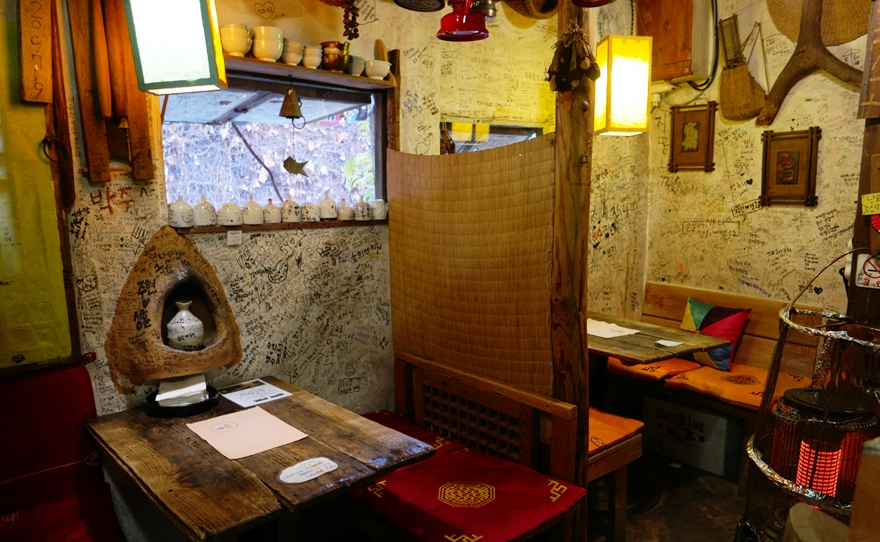

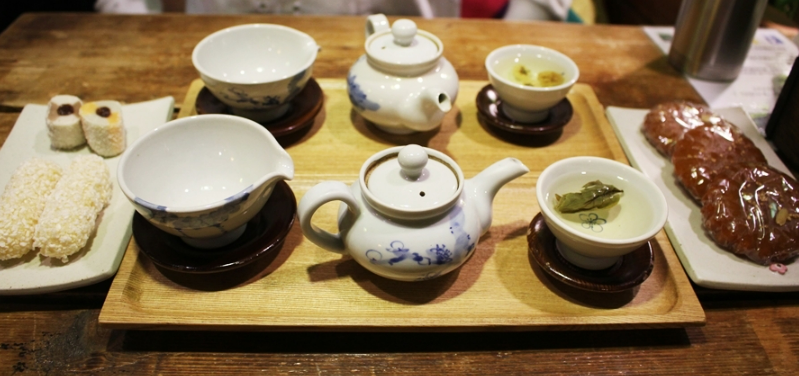
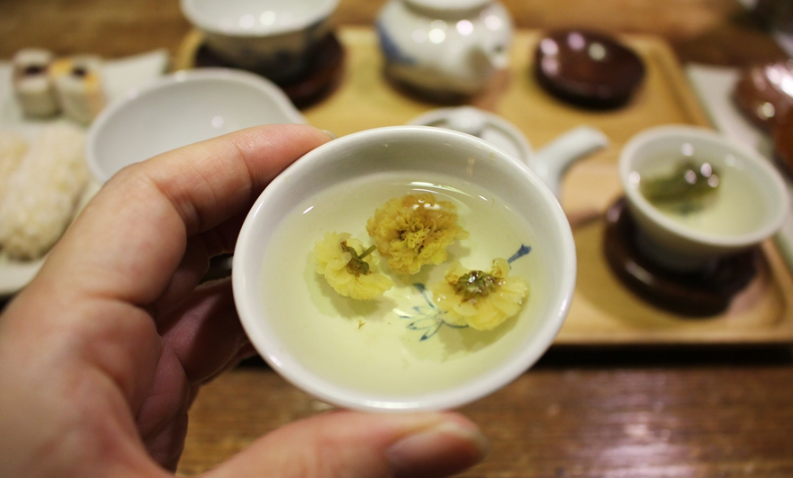
Bringing Korean Tea Culture Home
You don’t have to be in Korea to enjoy its tea culture. Korean teas are widely available online and in Asian markets worldwide. Brewing a cup of barley tea for your family or sipping citron tea on a cold day is a simple way to bring a touch of Korean tradition into your daily life.
Tea is more than a drink – it’s a practice of mindfulness, health, and connection. By embracing Korean tea, you’re not just enjoying flavor, but also a piece of Korean heritage.
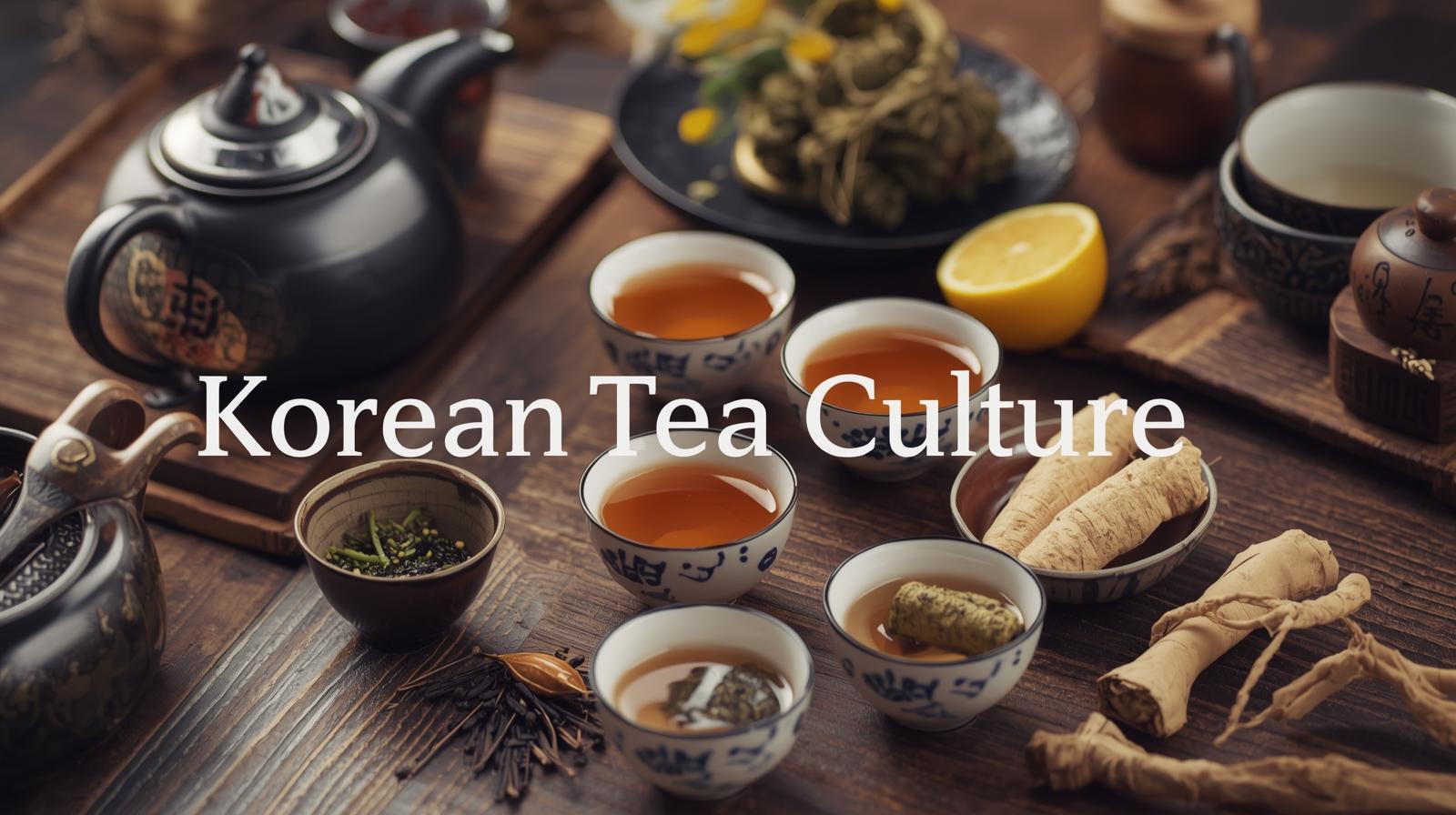
Leave a Reply